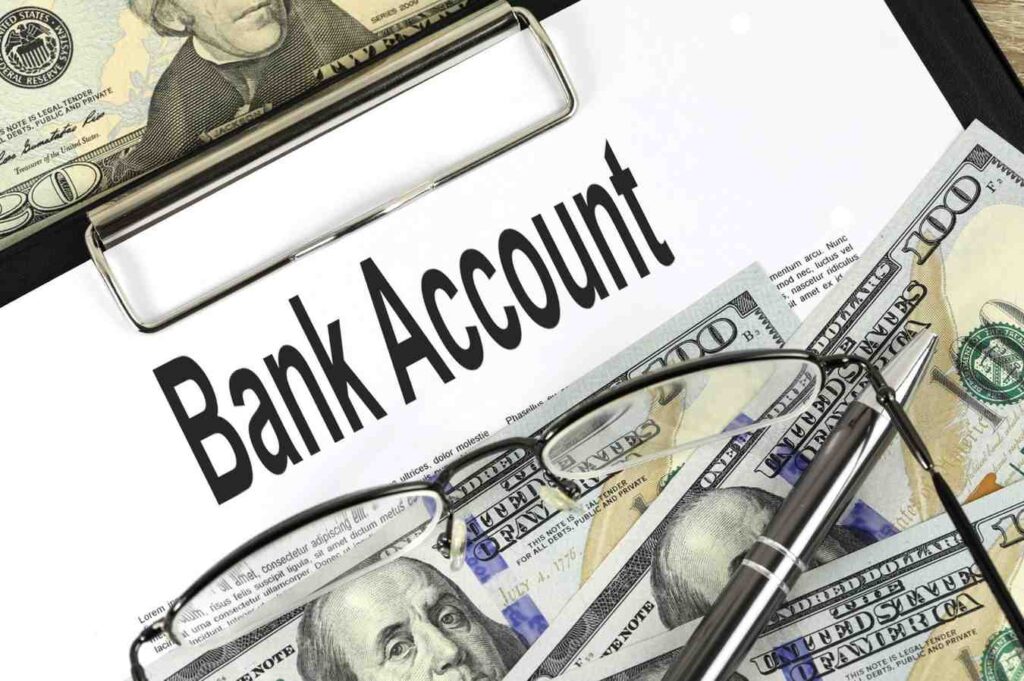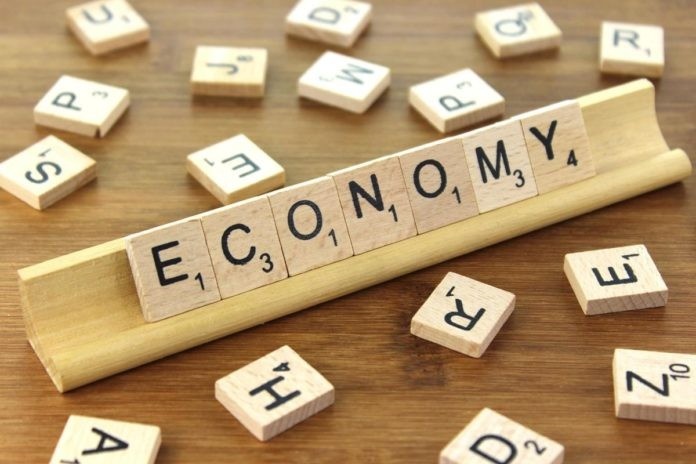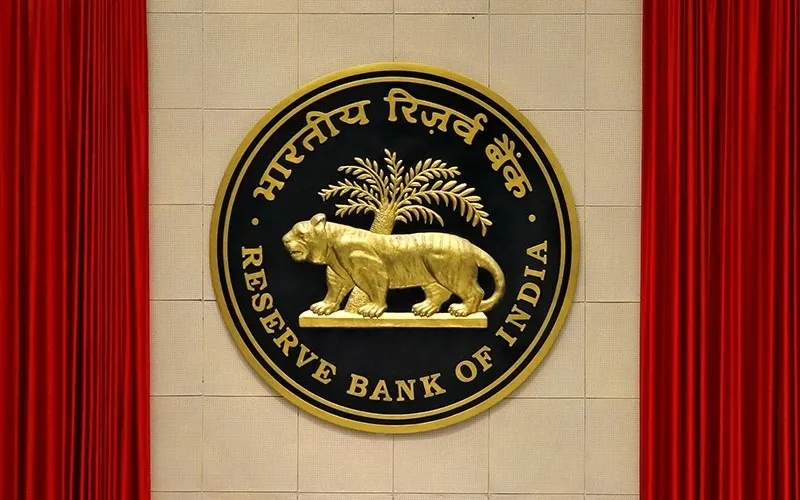Reserve Bank of India has its big monetary policy readiness with the very possible interest rate cut during the April 2025 policy session. This entire movement has continued to arise from the increasing economic risks effects of heavy U.S. tariffs on Indian goods, converting India’s trade dynamics along with their economic forecast.
There will be much on the grounds that the Reserve Bank may reduce the interest rate, U.S. tariffs on India, and how this decision might make an impact on inflation, GDP growth, and domestic businesses in 2025.
Why Consider an Interest Rate Cut from the RBI?
1. Escalating Trade Disputes with the U.S.
The most recent trade development comes in the U.S. imposing a 26% reciprocal tariff on imports from India. This is a major threat to India’s export portfolio, especially to those sectors like textiles, pharmaceuticals, electronics, and agriculture where U.S. markets are heavily relied on.
2. A Slowdown in Economic Growth.
India has already downgraded its GDP growth forecast for FY 2025-26 by about 6.7%, substantially lowering it from earlier expectations. RBI is expected to act preemptively in order to spur domestic consumption and investment as external headwinds intensify.

3. Want to Keep Liquidity Alive
Lowering the repo rate-the rate at which RBI lends to commercial banks- can bring a lot of liquidity into the system at cheaper credit- making it more accessible. This is one way to help save the economy from external shocks.
Focus Keywords: RBI interest rate cut 2025, Reserve Bank of India monetary policy, U.S. tariffs on Indian imports, impact of U.S. tariffs on India, RBI repo rate
How U.S. Tariffs Affect India Economically
They are U.S. tariffs that arise because Washington believes unfair acts in trade have been observed. For India, however, these turn into higher costs, less demand for exports, and possible job losses for export-oriented sectors.
Immediate Economic Effects:
Slowdown in exports: Diminished competitiveness in US markets.
Currency dislocation: Pressures on the rupee.
Inflationary trends: Higher costs of intermediates imports.
With all of the abounding challenges, India’s expected rate cut from the RBI will help insulate the economy domestically.
What a Rate Cut Could Mean for Businesses and Consumers
✅ A Boost to Indian Startups and SMEs
Generally lower repo rates most often lower lending rates for MSMEs and startups. This, especially, helps tech, fintech, manufacturing as well as agri startups because they are largely working capital dependent in their operations.
✅ Increased Consumer Spending
Cheaper loans will probably mean higher home purchases and auto and other consumer durables demand and help counterbalance a slowing export market.
✅ Stock Market Reactions
Equity markets react almost positively to rate cuts in the banking, infrastructure, real estate, and auto sectors.

RBI’s Monetary Policy Outlook for 2025
In fact, as many economists believe, the RBI will also cut rates and, in the process, switch its stand from “neutral” to “accommodative,” which heralds the beginning of easing cycle to promote growth over inflation-most especially, as inflation remains within the RBI’s target band of 4%-6%. .
Global Reactions and Foreign Investment Implications
International investors have been very closely watching the developments. A dovish RBI would result in more FIIs investing in debt markets, which would then depend on how India tames the U.S. trade pressure for equity inflows.
Implications:
FII can come back to their Indian markets of bonds
India’s credit ratings intact for the time being
Long term basis investment into Indian infrastructure and green energy remains active
What Should Businesses and Investors Do Now?
For Businesses:
Revisit pricing strategies counter- US tariff impact
Tap into alternative markets in Southeast Asia and Europe
Lock in lower borrowing rates before another cut
For Investors:
Track rate-sensitive sectors like banking, NBFCs and real estate
Diversify equity portfolios keeping in view their export dependence
Watch for rupee-dollar fluctuations and U. S. monetary policy
Conclusion: A Strategic Move in a Time of Uncertainty
The expected RBI rate cut in April 2025 would shield the Indian economy from mounting international pressures. However, since it is under U.S. tariffs, this would bring negative monetary easing in the short term and keep growth inline.
Indeed, this is important for business, investment or policy direction in terms of understanding the Reserve Bank of India’s monetary policy at these changing global tides so as to make wise decisions.
FAQs: RBI Interest Rate Reduction and Tariffs by US
Q1: When will the RBI cut interest rates?

A: In its monetary policy meeting, which is convened between April 7-9, 2025.
Q2: How do the US tariffs affect Indian markets?
A: They increase the cost to the exporters, lower the consumption in the US markets, and create inflationary pressure on those economies.
Q3: What is the current repo rate of RBI?
A: In early April 2025, the repo rate is at 6.25% for which a cut of 25-50 basis points is expected.
Q4: What will be the effect on Indian consumers?
A: It may lower the loan EMIs for consumers; thus, propelling consumer expenditure in housing, automobiles, and electronics.
Q5: Is it a good time for investing in India?
A: Yes, particularly in rate-sensitive sectors and infrastructure but with prudence due to emerging global uncertainties.
Also check 10 Best Startup Ideas for USA in 2025 (Profitable & Easy to Start)











